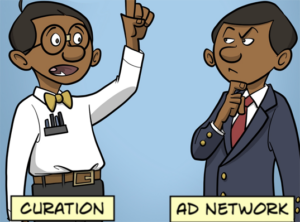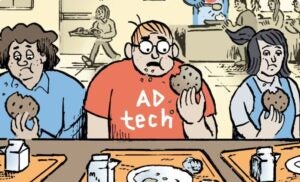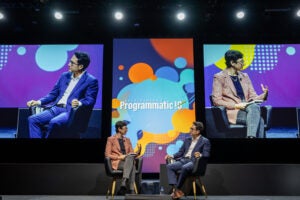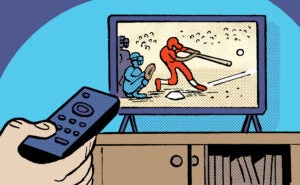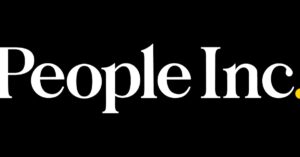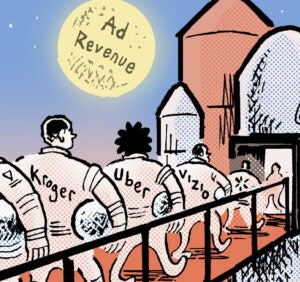Subscribe to AdExchanger Talks on iTunes, Google Play, Spotify, Stitcher, SoundCloud or wherever you listen to podcasts.
Outside of search and social, the adoption of programmatic advertising has been slower than some expected. In many corners, manual processes have stubbornly held on and gummed up the long-heralded automation of the media buy. What’s going on?
This week on the podcast, Hearts & Science Chief Data Officer Megan Pagliuca talks about the unrealized potential of programmatic. Specifically, she identifies three roadblocks to greater adoption.
No. 1: Client KPIs. Some clients are shooting themselves in the foot by setting the wrong KPIs for their partners. For instance, it’s still common to require that a certain percentage – often 90% or 100% – of impressions be viewable. Pagliuca says, “If you’re thinking about a percentage rather than the ‘cost-per’ you end up buying more direct IO buys where publishers will show non-viewable impressions but they just won’t charge for them. Switching to a cost-per-viewable impressions [model] rather than a percentage viewable is important.”
No. 2: Frequency Management. All ad servers, most DMPs, dashboards and even DSPs report on average frequency. “When you report ‘on average,’ it’s like putting your head in the oven and your feet on the freezer and saying on average you’re fine,” Pagliuca says. And the problem is even more acute in television.
No. 3: Org Structures. This one applies to both agency and client. “You historically … have specialized programmatic organizations, and they’re usually behind the digital team or the historic direct IO team,” Pagliuca says. That created friction since direct buyers, still in the pole position, began to fear the future and resist change, which stymied the downstream programmatic teams.
Also in this episode: Has programmatic tech under-delivered?






